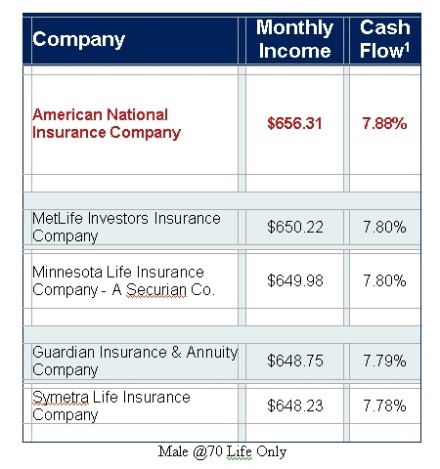Thought for the day:
When I was growing up we didn’t have so many warning labels. Guess we weren’t as stupid then. –Gene Pastula
If you will read no further:
You have to read further because that is the only reason I am sending this out this week.
Important thought for the week:
